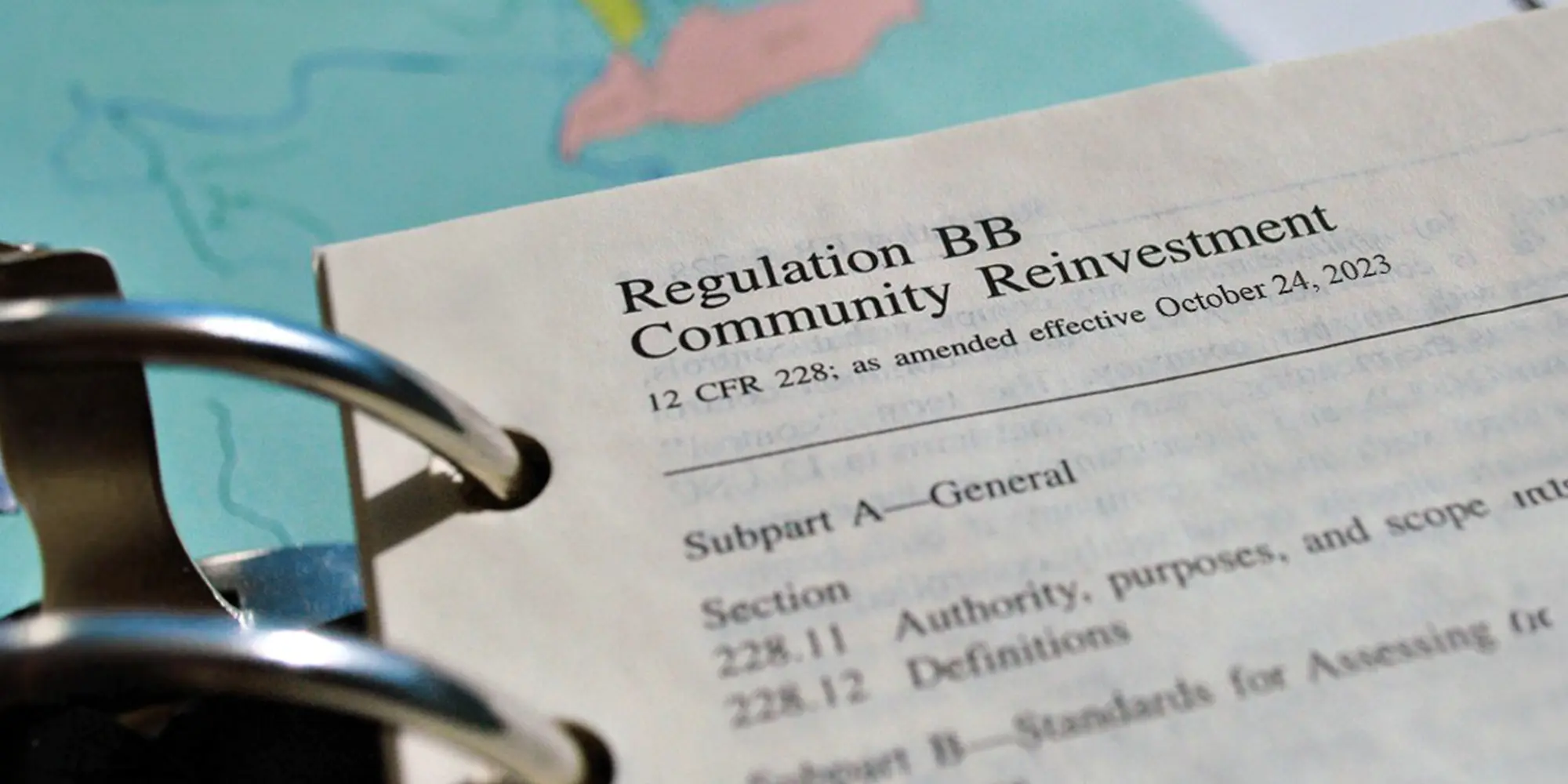As the recent global financial turmoil reminds us, banks play a huge role in our society. But it’s not just in times of turmoil. Banks significantly shape our communities in profound ways every day. Their basic functions—taking in deposits, evaluating credit risks, loaning money, and even deciding where to locate—greatly influence how wealth is created and distributed.
That essential and impactful role in creating fair and just access to capital markets and credit facilities is why banks must lead the way on both Environmental, Social, and Governance (ESG) and Diversity, Equity, and Inclusion (DEI). Deciding who gets a mortgage or a small-business loan and in what neighborhoods is a tremendous responsibility. To make unbiased decisions, banks must not only internally represent the communities they serve but integrate that diversity of thought into their operations.
Because of their visibility and where they sit in the capital structure, banks are uniquely positioned to influence the rest of Corporate America. Any initiatives or actions they take on ESG and DEI will no doubt be noticed and emulated, which has the potential for a massive positive impact on our society.
Perception Challenges
Of course, banks still have perception challenges to overcome regarding DEI and the “S” in ESG. It’s no secret that banks have a checkered past regarding fair and equitable treatment of communities of color. They have long faced allegations of denying loan applications to credit-worthy individuals simply due to their addresses within lower-income, predominately Black and brown neighborhoods.
Despite changes in the law, those kinds of claims continue to surface. For example, a 2018 investigation by Reveal from The Center for Investigative Reporting based on 31 million records found discrimination in mortgage-loan practices still persists today, with Black and Latinx applicants turned down at higher rates than their white counterparts.
Redlining and other discriminatory practices help explain why so many communities of color remain distrustful of banks. In the FDIC’s most recent survey of unbanked and underbanked households, the second-most cited reason for not having an account was lack of trust.
But acknowledging and understanding the past doesn’t automatically mean being doomed to repeat it. Banks can regain trust if they’re willing to put in the work required.
The Power of Values
The best brands find ways to differentiate themselves. A bank that becomes synonymous with a commitment to invest in low-income neighborhoods could have a major advantage over its competitors. More than ever, consumers want to bank with institutions that share their values.
But a recent survey of consumers suggests that banks have work to do. Just 13 percent agreed that their bank fights negative social impacts and biases. Furthermore, only 21 percent agreed their bank has policies that reflect their priorities and concerns.
Banks face the same dynamics in attracting the best young talent to work for them. Nearly half of millennials surveyed by Gallup said that diversity and inclusiveness were very important when considering whether to take a job with a different organization.
Reporting That Proves Impact
If banks want to build trust with communities of color, their DEI initiatives must go deeper than winning public sentiment with million-dollar PR campaigns. Initiatives must be transformational, and banks must be transparent. They can start taking meaningful action by collecting and making their progress on DEI commitments accessible to the public. In addition to tracking diversity amongst employees, C-suite executives, and board members, banks should also track equity and inclusion through promotions, pay, and employee perceptions.
Those figures could give hesitant communities more confidence in the bank’s decisions. Making the numbers public and deploying impactful mitigation strategies to address shortcomings as needed is also a way to hold themselves accountable, another key component to building trust.
DEI data within banks—especially at the executive level—is hard to come by. While the Dodd-Frank Wall Street Reform and Consumer Protection Act created the Office of Minority and Women Inclusion to hold the industry accountable for diversity and inclusion, banks and other institutions are not required to report their data. Banks that offer more transparency into their progress and the steps needed to further improve—and enlist support to propel it—could demonstrate a powerful commitment to DEI and stand out among their peers.
Like the hyperfocus on DEI in recent years, issues surrounding ESG have also raised concerns among shareholders, regulators, and communities across the country. As regulations continue to evolve for financial institutions, stakeholders will most certainly expect an increase in not only transparency but the amount of comprehensive and reliable data that banks collect and report externally, including ESG data. Current trends hint that lack of such data puts banks and other financial institutions at risk for audit, like recent increases in calls for civil rights audits.
While the collection and aggregation of this information are still somewhat new for banks, they're achievable when banks are intentional about integrating ESG into existing reports that showcase how they are managing related risks and creating value for shareholders and communities alike. By getting ahead of the curve, banks have an opportunity to be the model for what transparent reporting should look like.
What can banks do with their reporting? After financial institutions have operationalized commitments to ESG and DEI, there’s a massive opportunity to win new and increased business. According to a recent survey of U.S. consumers, more than 7 out of 10 adults said they consider an institution’s impact on the local community when deciding whether to begin a banking relationship.
The primary audience for reporting can no longer be confined to investors and regulators. Communities want to know what banks are doing to build wealth, create opportunities, and reverse the systemic inequities that affect their everyday lives. The first banks to take advantage of the opportunity and capture these audiences will win big.
Beyond Requirements
In tandem with increasing access to services and products, financial institutions can promote financial literacy to promote uptake and maximize impact. Data from the National Financial Capability Study shows financial literacy is low among U.S. adults, with a steady decline between 2009 – 2021. Among racial and ethnic groups, Black American adults experienced the biggest drop.
Banks truly committed to improving their ESG and DEI efforts can also voluntarily reveal more data on their investment activity in low-income neighborhoods. The Community Reinvestment Act encourages a minimum level of reporting on investments in underserved areas. The legislation requires banks to:
- “Assess the institution’s record of meeting the credit needs of its entire community, including [low- and medium-income] neighborhoods, consistent with the safe and sound operation of such institution, and
- Take such record into account in its evaluation of an application for a deposit facility by such institution.”
But banks can and should go further to make more data available around small-business loans, home mortgages, and other standard practices. For example, how was that $100K business loan used to build wealth and create jobs in a low-income community? How many accounts were opened for previously unbanked individuals at that new branch?
In recent years, several banks have made significant ESG and DEI commitments. The political winds behind those efforts, however, are not as strong today. But politics are fleeting; values are lasting. To build lasting trust and create generational change, it’s important that financial institutions follow through on their public rhetoric even when the spotlight becomes less intense, or they will be called out for empty promises. Now is not the time to let up and let progress go to waste.
Gina Ricard is a core member of Ichor’s Financial Services and DEI Practices. She works out of the Chicago office on the Community Team. Marcela De Montis is the leader of Ichor’s Service team. She works out of the Brooklyn office.




